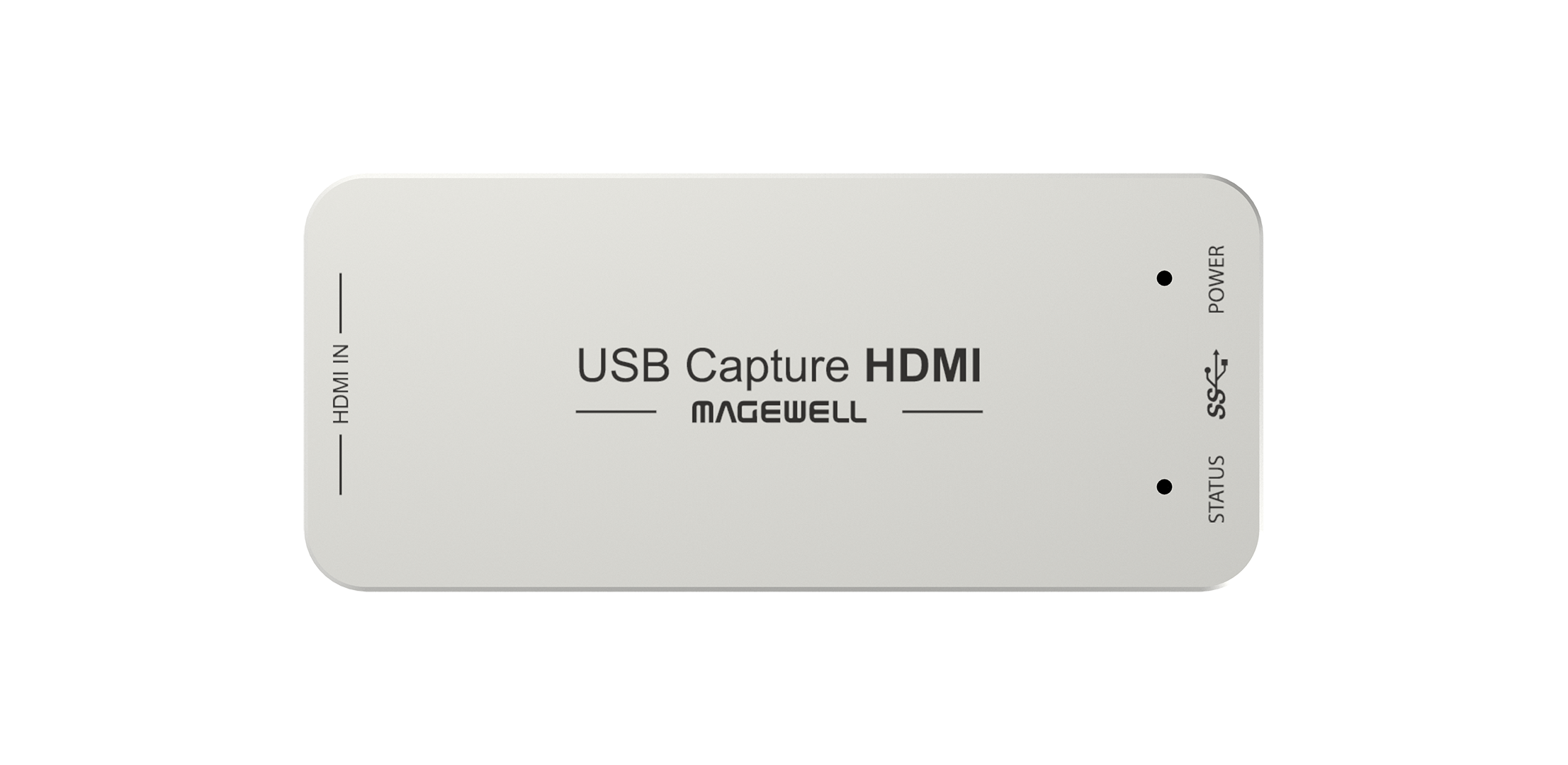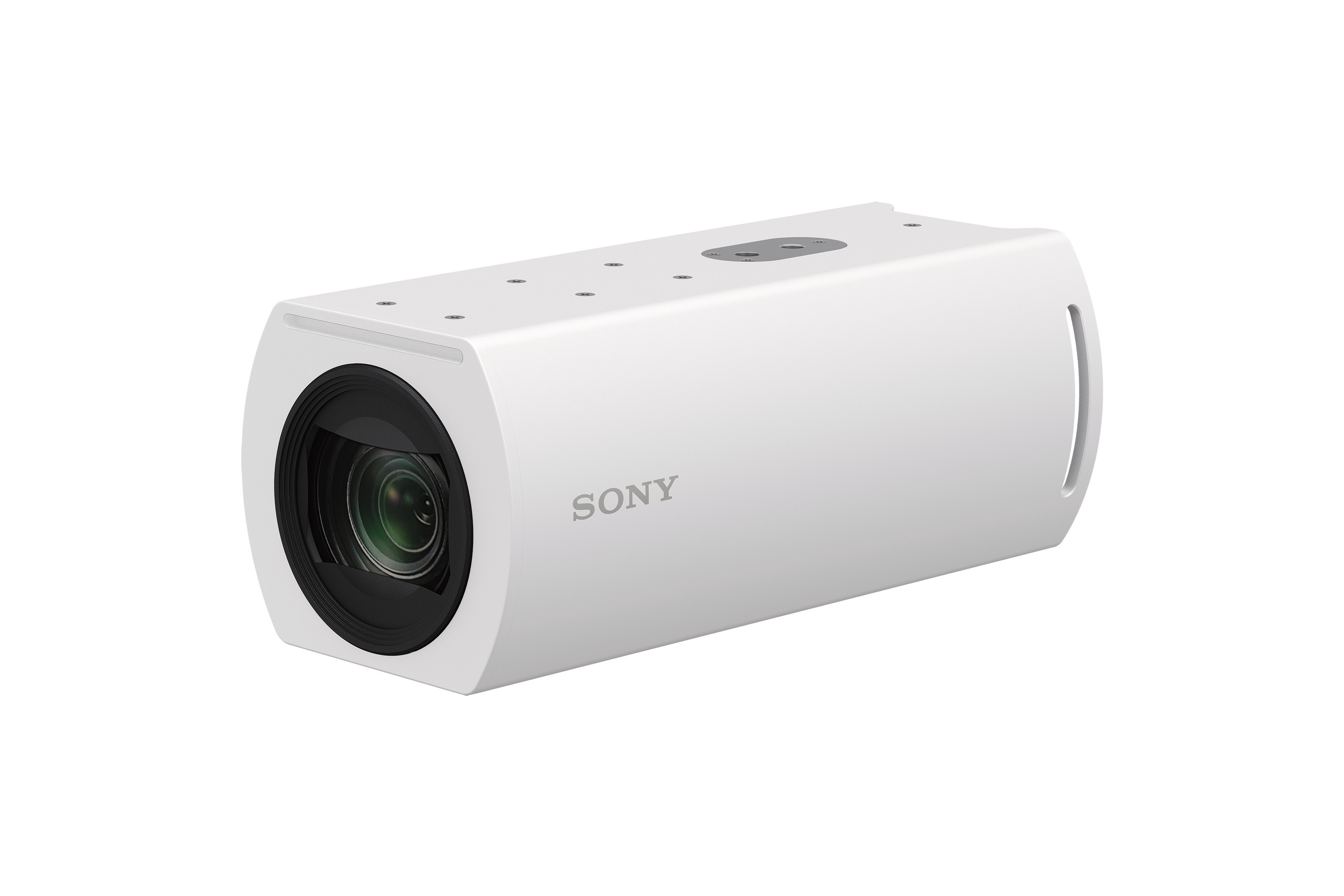Stay Connected
Flexibility Is Key for Tech Planning in Capture and Streaming Applications
So much has changed in a few months. At the beginning of the year, communication was probably little different than it has been throughout your life. If you had a work meeting with colleagues, there’s a good chance you walked down the hall of your office to a conference room to meet with them, or maybe dialed in to a conference call or connected online without turning on your video camera. But beginning in March in the New York area and slightly later in other locations around the United States, communication shifted almost entirely to virtual and remote as many or most employees and students worked from their homes.
Businesses, schools, houses of worship, and other organizations have been working with systems integrators on remote operations solutions for years, but examining how quickly companies were able to adopt these practices when they had to this spring can only help future installations succeed.
“Now, we can’t imagine a world without video to help us stay connected while we’re all apart,” said Bill Cherne, vice president of customer success and support at Sonic Foundry, maker of Mediasite. “People are becoming comfortable with flipping their camera on, and no one cares if their background is a mess or their kids or pets are participating. Video, from the highly produced to the informal real life, has incredible power to bring people together to collaborate. It’s exciting to see that realization take place.”
Essentially, Cherne said, people have adapted fairly easily to technology that helps them them overcome challenges arising in the wake of the COVID-19 pandemic. “The pandemic has accelerated what was slowly happening in the industry: using video for distance learning and remote work,” he said, noting that Sonic Foundry has seen massive year-over-year increases in use, with a 123 percent increase in videos created since March alone.

Nick Ma, CEO and CTO of Magewell, has also seen video use on the rise, citing common cases such as churches streaming worship services, government departments streaming meetings and town halls to their citizens, and teachers streaming lectures.
“The pandemic has accentuated the importance of streaming as a communication medium, particularly by giving individuals and organizations a way to reach followers, constituents, students, and other people who would normally gather in person,” he said. “With the right tools, it has become easy, practical, and affordable for many types of users to create high-quality video streams.”

Though the use of distance communications may wane somewhat as businesses and schools develop strategies for safe in-person meetings, it seems likely that a large percentage of people will continue to rely on virtual communication technologies for some time.
A daily selection of the top stories for AV integrators, resellers and consultants. Sign up below.
“As we navigate this new terrain, there is an increased focus on distance learning and remote working,” said Mark Bonifacio, director, B2B business management at Sony Electronics, Imaging Products and Solutions Americas–Pro. “Education is likely to have distance learning intertwined with classroom teaching, providing opportunities for new ways of instructing to maximize student engagement. In addition, remote working and distancing have changed how we think about corporate office spaces and conference rooms.”
Increased Integration Opportunities
More options for providing engaging, dynamic capture and presentation for distance learning and remote working experiences are coming to the market, enabling new forms of collaborating, teaching, and learning.
Paul Richards, director of HuddleCamHD business development and chief streaming officer at PTZOptics, is optimistic that the unexpected growth in use will provide increasing opportunities for integrators in this space.
“Livestreaming is connecting the world right now like few other technologies,” he said. “Everyone knows how to use Zoom, and everyone knows that events can be livestreamed. Therefore, the market will open up, and the new normal will include livestreaming and video communications for almost any event or meeting.”
His advice is to design flexible systems that can accommodate more than one software or hardware solution.
“Software solutions may change, but if you can build a future-proof hardware solution, customers should be able to use Zoom one day and Microsoft Teams the next,” Richards said. “It shouldn’t matter which learning management system the school is using so long as the integrators have selected flexible, USB-connected hardware for the capture side of things.”

Ease of use is particularly important, noted Ma, at a time when the normally available resources aren’t accessible. “For day-to-day operation, users working from home don’t have their company’s AV or IT team available to help them in person when they’re actively using the solutions,” he said. “In many cases, users will have little or no experience with these types of solutions—for example, a lot of people are streaming for the first time. It’s crucial that you make it as easy for them as possible.”
One Size Does Not Fit All
Today, in these unprecedented times, there is no status quo. As such, it’s a good time to reflect on prior practices and consider how they might be adapted to suit the current circumstances, and even nudge businesses toward the future, whatever it may be.
Mike Morin, business development sales manager at Maxell, advises integrators to listen to their customers’ needs, and avoid making assumptions based on past interactions or experiences.
“You cannot assume that the challenges or needs from a previous customer will be a one-size-fits-all for every customer, and you cannot assume the challenges a customer faced in the past are the same challenges they’re facing today,” Morin said. “In the past, it was easy for our team to do on-site visits and give live demos of our products to the customers. We were able to see the space, recommend the right product and help the customer make informed decisions with in-person demos. Now, with the COVID-19 pandemic, we’ve had to pivot to providing training courses and tutorials online.”
The Promise of the Future
Out of all the possibilities that current challenges bring, none is more promising than the ways this industry can help solve problems and make vital communication a little easier to accomplish, said Cherne.
“What’s exciting is that many different virtual learning and communication tools are all working hand-in-hand to create the most engaging experience possible,” he added. “Web conferencing is just scratching the surface of what can be done. The real magic happens when you blend on-demand video learning with real-time collaborative conference calls.”
Of course, even with the most flexible, considered approach to a project, there’s a lot that we still can’t anticipate. If you can’t plan for every possible scenario, how do you know what technology you need? Cherne said that the best we can do is plan smartly and efficiently. “I help users define their best-case and worst-case scenarios. Then we look for the overlap and strategically figure out what solution will work best for the most people.”
